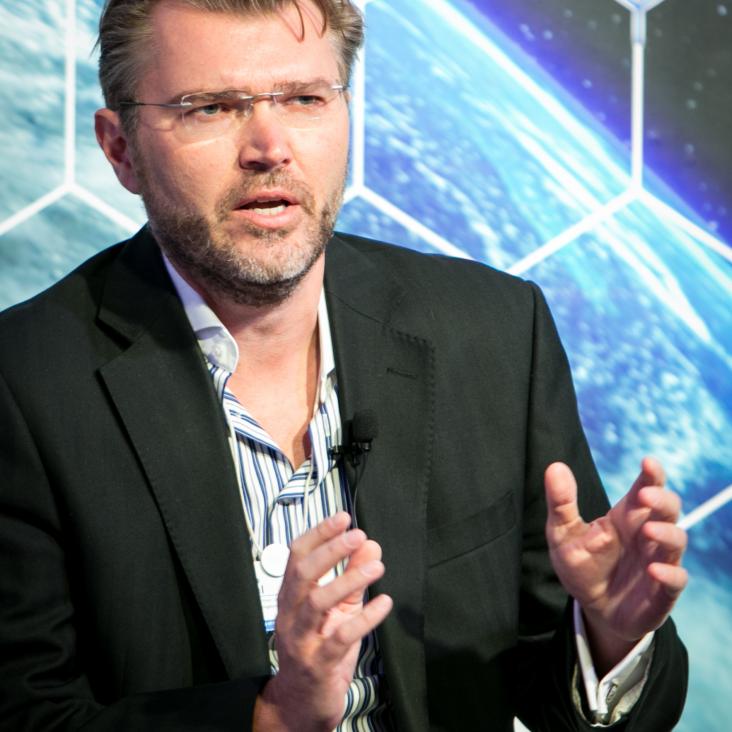Entanglement in doped resonating valence bond states
Physical Review B - Condensed Matter and Materials Physics 78:22 (2008)
Abstract:
We investigate the entanglement properties of resonating valence bond (RVB) states on a two-dimensional lattice in the presence of dopants that remove electrons from the lattice creating holes. The movement of the holes generated by the Hubbard Hamiltonian in the regime of strong Coulomb repulsion in this setting could be responsible for the phenomenon of high-temperature superconductivity as hypothesized by. We argue that there is a particular density of dopants (holes) where the entanglement contained in the lattice attains its maximal value for the nearest-neighbor RVB liquid state. This result implies that many-body entanglement may be related to quantum phase transitions that are modeled by RVB theory. © 2008 The American Physical Society.Positive phase space transformation incompatible with classical physics
(2008)
Optomechanical to mechanical entanglement transformation
New Journal of Physics 10 (2008)


